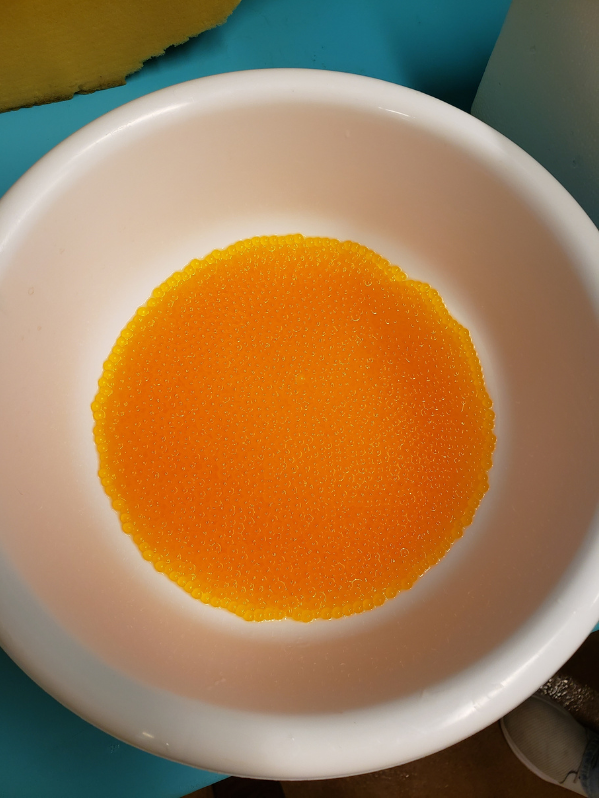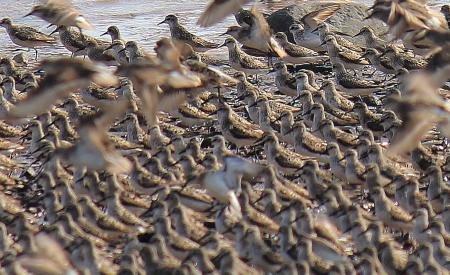Aqualab at Mount Allison transformed into hatchery for brook trout
SACKVILLE, NB — A section of the Harold Crabtree Aqualab: Centre for Aquatic Sciences at Mount Allison University was recently transformed into a hatchery for brook trout.
The lab, which combines field-based research with laboratory-based studies, allows researchers to manipulate and replicate various environmental factors to simulate real-world conditions. Dr. Tyson MacCormack, professor of chemistry and biochemistry, and Dr. Andrea Morash, professor of biology, utilize the Aqualab to study the effects of climate change on fish physiology, particularly how fish adapt to environmental stressors.
Obtaining a steady supply of fish has long been a challenge for MacCormack and Morash. Their reliance on collaborators, hatcheries, and aquaculture operations across New Brunswick and Nova Scotia often led to issues with timing and availability.
“There were several years where we couldn’t get fish of the right size at the right time of year,” says MacCormack. “Hatcheries typically breed fish once a year, so if our needs didn’t align with their availability, then we were left empty-handed.”
Collecting fish from the wild also proved to be labour-intensive and impractical for their specific research requirements.
But when technician Shelley LeBlanc joined the Aqualab team, her expertise in fish breeding provided a new opportunity.
“We were fortunate to have retained maybe a dozen or 15 fish from another transfer that reached mature size and were ready to release eggs, so I was able to take advantage of that,” says LeBlanc.
LeBlanc successfully spawned two batches of brook trout eggs. The fertilization and subsequent hatching of the eggs exceeded expectations.
“Although I had experience breeding other species, this was my first time spawning brook trout, so I wasn’t sure what to expect in terms of success and survival rates. We quickly realized that we were going to have more fish than we needed in the Aqualab.”
That's when they began searching for a suitable home for the excess fish.

Unfertilized brook trout eggs

Egg incubation
Drawing inspiration from a previous transfer undertaken by McCormack and Morash, who released 800 fish into Silver Lake when laboratory work was restricted during the pandemic, LeBlanc reached out to the Department of Natural Resources. They supported the initiative and facilitated the necessary permits and health testing.
Once the fish had reached an appropriate size and passed the health test, Shelley released them into Silver Lake with the assistance of master's student Charlotte Haché and honours biochemistry students Ellie Smallwood and Zoe Lindensmith.
Silver Lake has been a stocked lake for decades and welcomes fish from various hatcheries. The brook trout from the Aqualab will not only add to its biodiversity, but also enhance the fishing experience for local enthusiasts.
“After we released the fish a few years ago, we heard from anglers that the fishing was quite good that year. So, certainly recreational fishers found it beneficial,” says MacCormack.
The success of this initiative has also opened doors for future possibilities.
“I was informed that if we have an excess next year, there might be a possibility of releasing them into other rivers that are lower-stocked that could benefit from a resurgence in population,” says LeBlanc. “I think that’s a really encouraging possibility.”
The hatchery garnered significant interest among biology students, who had the opportunity to witness the hatching process firsthand. Students continue to contribute to the care and maintenance of the remaining fish in the Aqualab, providing valuable hands-on experiences.




